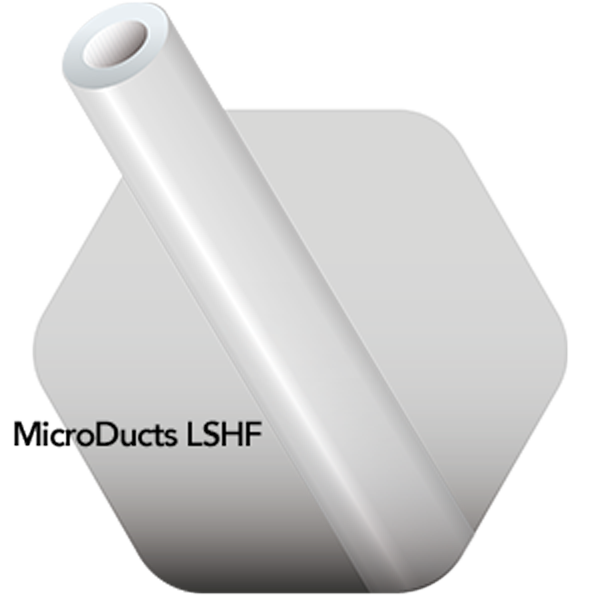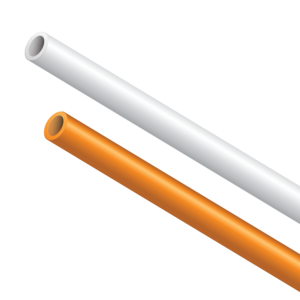For building owners, tenants, and users, MicroDucts offer significant advantages over direct-installed cable. Here are three ways MicroDucts can ensure the success of your indoor network:
Additional protection against fires and accidental cuts
Under the EU Construction Products Regulation (CPR), any cable installed indoors must have fire-retardant properties. In a behind-the-wall setting, conduit provides not only the same fire protection properties, but also protection against accidental cable cuts – this additional protection can prevent significant increases in disruption and downtime to your network.
Simplified Moves, Adds, and Changes (MACs)
In an indoor setting, Moves, Adds, and Changes (MACs) are virtually inevitable. They may be necessary due to technological advances or simply a change in building function. Some examples include:
- New subscriber takes broadband service in a Multi-Dwelling Unit (MDU)
- Upgrade from multimode fibre (MMF) to single-mode fibre (SMF) in a data centre
- Expansion of a hospital, university, or airport
- Reconfiguration of an office building
- Repurposing of a commercial or industrial space
- Installation of passenger Wi-Fi in a transport hub
For a network consisting of cable alone, any MACs will mean:
- The same awkward rights-of-way being accessed repeatedly
- Potential disruption to normal building operations
- Unnecessary fibre termination and testing
- Difficult mid-span access
- Difficult re-entry in confined areas, e.g., ventilation spaces
In contrast, for each of the above scenarios, a flexible, scalable, smart MicroDuct system allows for easier organisation and access to your fibre when you need it – saving you time, disruption, and cost.
End-to-end fibre jetting
Future fibre requirements in an in-building network can be unpredictable. One of the biggest challenges of scaling your network up is knowing how much fibre you’ll need and how to get it in place for upgrades.
With a MicroDuct system in place, you can be confident that when demand for connectivity increases or technical parameters change, your network can evolve seamlessly with minimal cost, disruption, or admin.
Any new fibre can be quickly jetted in with a handheld machine the size of a common power drill; with any old cables also able to be swiftly removed by hand, if necessary.
And because fibre manufacturers are constantly making their cables more fibre-dense, any spare MicroDucts you have will be able to accommodate even more fibre capacity -- not the case for cable alone.
Finally, MicroDucts can be routed all the way from a network access point (e.g., meet-me room, server room, communications cupboard) to an individual unit, room, or even rack within a building, for seamless end-to-end jetting with minimal splicing and no mid-span access.

MicroDucts LSHF From Dura-Line: Best-In-Class Performance For Your Indoor Network
If additional protection, flexibility, and scalability sound appealing, then look no further than Dura-Line's MicroDucts LSHF, which have been tested in accordance with EN 13501-1 for reaction to fire and achieved best-in-class fire performance and smoke generation, rating ‘B s1 d0’ when mounted on gypsum plasterboard. Our expert sales team is here to assist you—learn more here.




